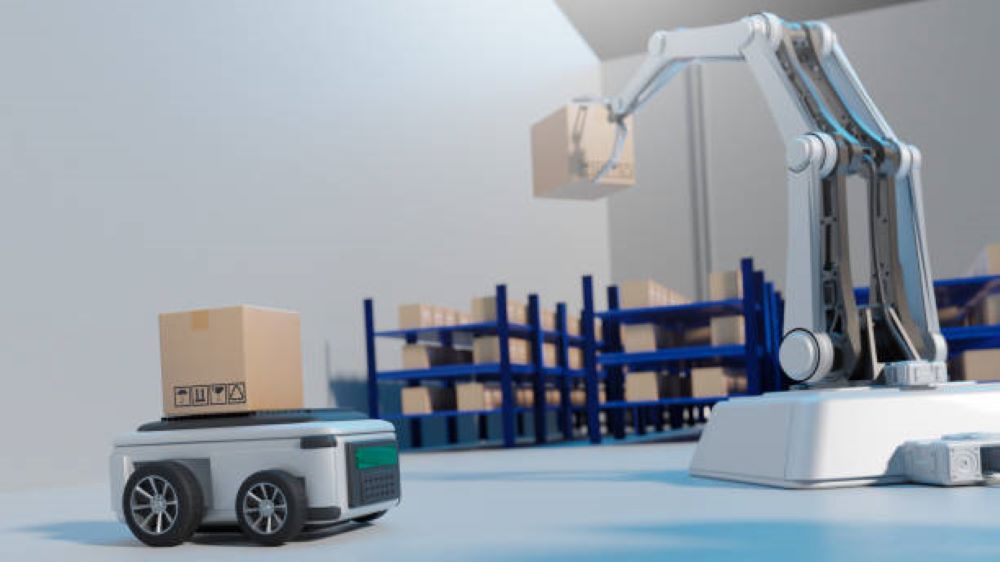Wheels are one of the greatest creations of the human age. Just as God created legs for mobility, so did man. The greatest option for robots is wheels because they are simple to design, simple to install, and practical for robots that need to move quickly. While the center of gravity of robots does not alter when they are moving or just standing still, they also do not suffer from static or dynamic instability and do not need complicated models, designs, or algorithms. The drawback is that they tend to slide and skid on exceedingly flat surfaces as well as on uneven or rough terrain, which makes them unsteady. This is why mobile robot chassis company take time to develop them. There are various types of robot wheel, let’s consider them in greater details.
Most Relevant Types of Robot Wheels
Fixed or standard wheel
This wheel can move either to the front or back and has two degrees of freedom. The wheel’s center is usually secured to the chassis of the robot. The angle between the wheel plane and robot chassis is fixed. Most Wheeled Mobile Robot have fixed wheels, which are used to drive and maneuver the robot by connecting them to motors.
Omni Wheels
This is a great option for robots that travel in multiple directions. The passive wheels (rollers) on these wheels are attached around the central wheel’s circumference and are regular wheels. Omni wheels have minimal resistance and are capable of moving in any direction. The small wheels are fastened so that their axes are parallel to the axes of the larger central wheel, causing the wheel to rotate even while it is rotating perpendicular to its own axis.
Orientable Wheel
The fork on which these wheels are placed serves to secure each wheel in place. It is quite improbable that orientable wheels would ever be used to propel a robot; they are often employed to balance them. Orientable wheels come in two different varieties: Off-centered and Centered rotating wheels.
Ball Wheels
These ball wheels have a sphere made of metal, nylon, or any other hard spherical material that is now available, which is held within a holder. The ball is typically used to balance a robot and has 360 degrees of freedom. These castors often have high traction, which means it takes more force to push and support the driving wheels. Also, they are unsuitable for greasy, uneven, or dusty surfaces. Castor ball wheels are another common name for ball wheels.
Shapes Of Robot Chassis
Square shaped chassis
This takes the form of a four walled structure. This is mostly incorporated by people who are into gaming. The four walls would be like a mechanism of intake by the robot. It is important that the subsystems of the robot are fixed before going into building this kind of chassis.
U shaped chassis
This does not have so much integrity when it comes to structure. Do not forget that a chassis is responsible for structuring your robot. The benefit of this type in gaming is that there is a room for you to operate an intake system inside the robot.
Holonomic shaped chassis
This is a more complex type of chassis. It is a bit similar to the H shaped chassis. It can be difficult to build and does not have so much space to spare for mechanism operations and attachment of sensors.
Conclusion
The design and specifications determine the ideal wheel for a robot. Fixed wheels are used for simple driving or steering that involves attaching wheels to a motor. Spherical and orientable wheels work well for balancing robots (especially when two wheels drive and you require a third balancing wheel; also known as auxiliary wheel).


